The test of time – What 40 years of engineering advancement means in bike terms

Some things are just better old. “The good old days”, whatever those are. Vintage boots and jeans. LPs. Rock bands. Personally, I will gladly trade Harry Styles for David Gilmour. But then some things are better new. I certainly like my antibiotics modern. My TV. My career.
But which is better when it comes to bikes – old or new? Let’s try to look at it from an objective point of view.
Recently I bought a GSX-S 750 Suzuki. I thought it was a fun little experiment and addition to my budding collection, which also consists of my garage queen – a Suzuki GS 750, a.k.a. “Gina”. “She” is practically the grandma of the GSX-S 750. Gina was made in 1979. The GSX-S 750 was made in 2019. Exactly 40 years apart.
The similarities are obvious. The same Japanese manufacturer with a rich history of all types of vehicles, made with historically great Japanese engineering and quality but for a price that beats many of its competitors. It’s also the same type of bike – a “naked”. The naked is my personal favorite type of bike because it exposes the great engineering in its raw form. It’s all there in plain sight, to be gazed at and appreciated.
They also share the same size engine – 750 cc. They are both 4-cylinder configurations. Both have dual brake discs front, and a single disc at the back. They are also both black.
But here is where the similarities end. What does 40 years of engineering and manufacturing standard improvements do to these two otherwise very similar bikes? I have been riding these two for a while now, and here are my findings.
Everyone loves a good top 5 list so here it comes:
5. Materials
Usage of better materials in the engine, frame, suspension parts, brakes, wheels etc., spanning from carbon fiber, titanium to aluminum, has resulted in bikes feeling lighter on their toes, weighing less, having better power-to-weight ratios, and feeling more rigid in corners. The latter being very important for some riders, who like to go a little faster.
The best way I can describe it is try skiing with the latest and greatest carving skis, and then try wooden skies that bend, flex, bounce and act unpredictably. I know what I would pick.
When I push the old bike, I feel the front wheel turn… then the rear. It sort of feels detached. On bumps and crests that results in compressions, I feel it flexing under my weight slightly. This is all incremental, and not something that bothered me before I started riding new bikes and felt the reassurance a new frame / chassis gives you.
Most new bikes are built with an aluminum frame. Which gives more rigidity, which further results in stability in corners. Aluminum is also lighter. The GSX-S750, it must be said, is a plain steel frame (for money saving / economies of scale), but even so – it’s lighter and stronger than its respective elder. However, had it been aluminum, it would have saved I am sure, at least 10-15 kg.
All these good materials have, over time, made the bikes more expensive however – you can’t have the pudding and the cake too, I guess.
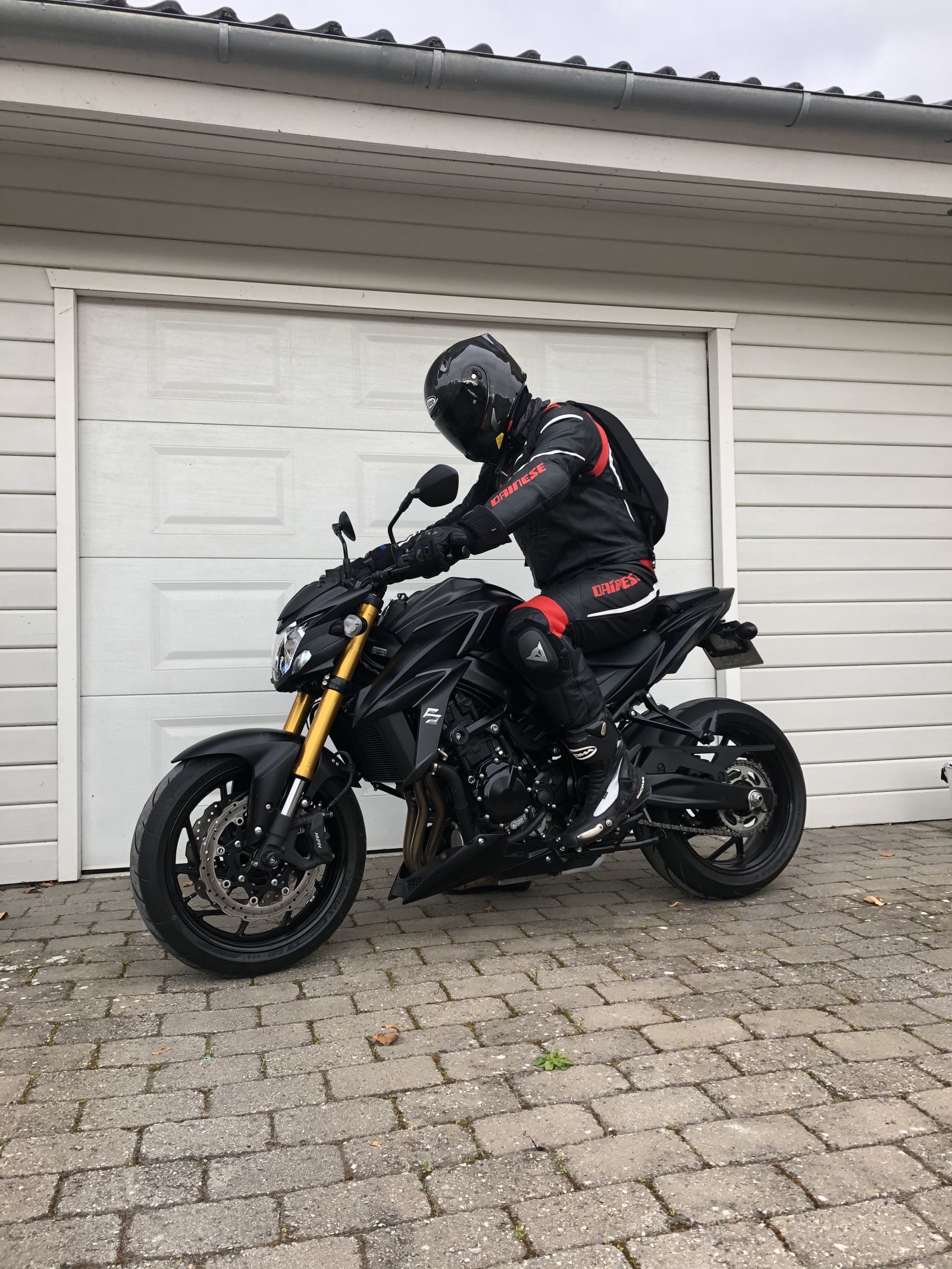
4. The engine
Even though they are both 750 cc, and both 4 cylinder in-line constructions, they produce vastly different numbers. The old bike had (when it was new) 63 hp. That’s a lot of years ago, and most old bikes you ride will not produce their originally claimed numbers. I wouldn’t give Gina more than 55 hp today. Which is fine. I still love her.
But the new bike, with the same size and configuration, but modern combustion and fueling, makes roughly twice the power of the old bike. 115 hp to be exact. Which results in 0-100 in 3.3 seconds, while Gina will take roughly 7 seconds to get there rather reluctantly.
The new bike also easily returns 19 km / liter of petrol in terms of fuel economy, while the old one will get you 14 and you will be thankful for it, sir! She can do much worse if you look at her funny. Most of that is down to the elimination of carburetors and the use of direct injection. I will get back to those…
3. Brakes
Some of the biggest advancements in both the automotive and bike world seem to be brakes. When you stomp on them, on the modern machines, they just work. Your arms hurt, as you are fighting the G-forces while shedding speed at a tremendous rate.
They also have ABS, which clicks and clacks as it stops you from blocking the tires. Most importantly, a vast majority of them can do this repeatedly without overheating and failing.
Meanwhile… Braking on my GS 750, is not so much braking as it is a “suggestion, that perhaps, eventually, at some point, it would be advisable and desirable if we were to just gently deflate our rate of travel. Slightly. At your own pace, honey”.
If you are not happy with what she is providing, and you are violent with how hard you squeeze the brake lever, she will block the front wheel (because no ABS), and unless you have a guardian angel above, you will find yourself in a ditch exactly 0.1 seconds later. That will teach you to treat her with respect.
Brakes are a major thing, especially on a bike. You know good ones when you feel them. And you certainly know old ones when you feel them.
2. Electronics
Now this is a debate in itself. On the one hand, there is something to be said about the total raw experience of riding something old with no electronic helping aids or other gizmos. Just man and machine.
But I feel like people that say that are either just in love with the idea of riding, be seen on one and ride once or twice a year down to Oliver’s Garage, where they can talk about how “they don’t build them like they used to”. But deep down, most of them are just full of sh*t.
Anyone that’s serious about riding will tell you – electronics have made riding vastly safer, controlled, easier, less of an inconvenience, faster, and perhaps even more enjoyable.
The old bike has zero electronics. The new has a bunch. Apart from the trip computer, which tells you real-time fuel economy, remaining range of fuel, average fuel consumption, engine fault code readouts etc., it also has some safety aids. 4 levels of traction control, which you can set to your liking.
Level 4 is your overprotective mother, who stops all the fun. Too intrusive for my liking. Level 3 and 2, however, are like your cool uncle, who lets you play with the rear wheel, feel it slide around a little, maybe even do a small wheelie or two. But if you start to get it completely wrong – he’ll call mom.
She will make her presence felt by the yellow light on the dash which will manically flash as she is raising her “oh no you don’t” finger, and you will hear an audible change in the engine note (which I find rather satisfying), as the electronics are cutting ignition and lowering the power going to the rear wheel.
Ultimately, all of this is saving you from a call to the insurance company. Apart from the discrete change in sound and a little light flashing, you barely notice it, and it makes you feel like Valentino Rossi on his MotoGP bike. Level 1 however, and you are on your own. All systems are off, and you’d better be awake.
The GSX-S does not have the highest of high-tech systems though. Some of the superbikes today have corner ABS, slide-control, wheelie-control, sensors that detect how far over you are leaning in accordance to throttle/brake/steering inputs, what each wheel is doing independently, electronic, fully adjustable suspension where you can soften or harden it in certain areas of riding, quickshifter and blipper, who let you change gears without using the clutch, by electronically cutting ignition while the next gear is slid in or matching the higher revs for the lower gear.
Works a charm every time and it does it all in milliseconds. All of this is basically like NSA is monitoring every single aspect of your ride, and sending real-time data to the bike’s ECU, which calculates these outputs 1000 times a second and works with you to make you faster and safer. It is uncanny how good these systems are. You have to be a complete moppet to crash a modern bike.
As time passes, these sorts of systems, which at first pioneer on the racetrack and million-dollar race programs and then move to the most expensive roadworthy machinery, in the end, trickle down to more run-of-the-mill bikes like the GSX-S. So, I expect the 2025 GSX-S to have a lot of this tech.
And it will be far better for it.Other than that, there are creature comforts. Cruise control when you just set your speed and can give your wrist a rest. Trust me, after 6 hours in the saddle, you’ll be thankful for this function. Heated grips – nothing like it for my permanently cold hands on cool Danish nights. Heated seat – who doesn’t love their butt warm?
This is just scratching the surface. I can really go on, but the point is- electronics have made bikes better, safer, more accessible for 99,99% of the public.
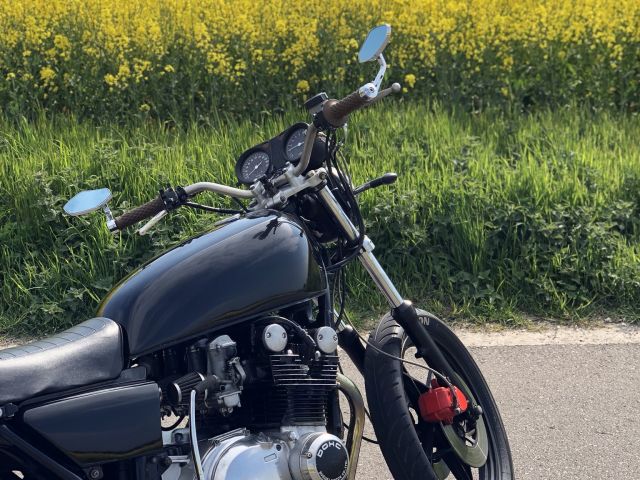
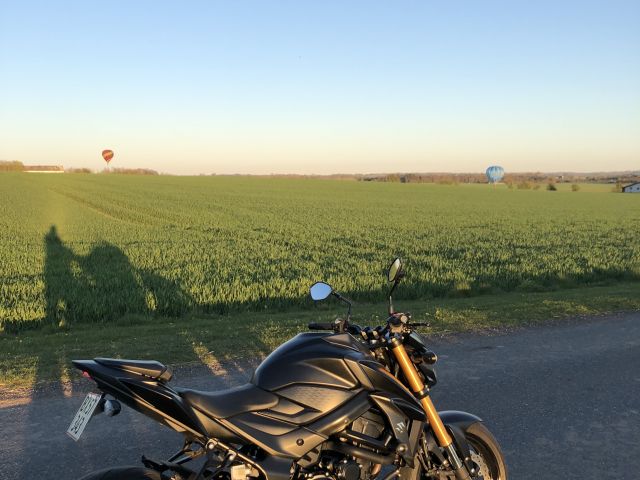
1. Fueling
I said I would come back to this. I have saved the “best” for last.
The new bike has direct injection, which once again, is electronically controlled via the bike’s ECU, to ensure the right mixture of air and fuel for the optimal combustion. “Gina” has something else that does the same job (just not as well). It’s called a carburetor.
A carburetor works with something called the Venturi effect. Air comes rushing in, creates a low-pressure zone and blows some petrol up from the float bowl, which contains fuel and is found in the bottom part of the carb.
This container is filled with petrol when the fuel petcock is on, or in the case of the GS 750, it’s vacuum operated. Inside it, there is a floating contraction that rises with the level of petrol, and eventually shuts of the supply so it does not overfill.
Sometimes these floaters get stuck, so the fuel overflows and gets dumped via the overflow valve, which makes a big mess and makes the garage stink of petrol for days. Fun times. Ask me how I know.
The purpose of the overflow valve is to prevent the overfilled container from dumping fuel into the cylinder while the bike is not running, practically drowning it in fuel and risking a piston seizure – which is like a heart attack for the bike. No Bueno. Very expensivo.
The carburetor also has different “jets” for letting the right amount of fuel out, which work as mechanical tuning. An idle jet that sets the speed of the engine while at idle. The pilot jet that works from ¼ to ¾ throttle. And the main jet that works from ¾ to full throttle. The final is a needle, which can be adjusted in height, in relation to the mixture and the before-mentioned Venturi effect.
They all serve a purpose, and they all come in different sizes, so you need to figure out which one works for your exact bike.
Adding a freer flowing air intake (air pods vs. standard airbox)? Change the jets. Adding an aftermarket fleer flowing exhaust? Change the jets. Adding a different cam or pistons? Change the jets. Using the bike on sea level where there is lots of oxygen, and planning a trip to the Alps? Change the jets.
But figuring out what size jets is appropriate is harder than figuring out how to solve issues in the Middle East. The fuel mixture must be just right, in accordance with the compression ratio from the factory. If it’s 10.4: 1, it means that for every 1 liter of petrol, it needs 10.4 liters of air to combust right.
Too much air and the mixture is too lean, resulting in overheating, power loss and potential burning out of oil in the sidewalls of the cylinder, resulting in piston failure. Too little air, and the mixture is too “rich” in fuel, which is safer for the engine, but results in power loss, bad drivability, poor fuel economy and clogging up.
Most old bikes I’ve ridden are never quite right, in some part of the throttle / rev range. They all have this “gap” in power, a slight stutter, or problems when it’s hot/cold. It’s always a case of the owner telling you how to “ride around the issue”.
If you finally get to ride one that is just right, you just know two things. One, the owner probably sold his soul to the Devil to get to this point. And two, it is perfect right now. But later this month when it’s warmer outside or my neighbor’s dog barks in a certain way, it probably won’t be again, and no one will know why.
But all of that is provided the fact that you can even get it fired up, which is, as it happens, quite a procedure in itself. First you must prime the carb, by filling the float bowls. Then you pull the “Choke” cable which restricts air intake, adding more fuel to the mix.
This is necessary because cold engines need a richer mixture to start, than a warm engine. You kick the starter to get some fuel into the cylinder. You prime it some more. You do all this, and it does not start. You are kicking the kick starter as hard as you can and sweating like a madman.
Now you find yourself stripping the bike of its carb to examine its state. You find that the old fuel left in it over the winter has clogged up the tiny jets (which have holes in them sometimes almost smaller than the eye can see, so clogging seems to be these little bastards’ favorite hobby).
When you eventually get it started, the weekend has ended, and you must go back to work. Also, your wife left you because you are never there. On the GSX-S, you just turn the key and press the start button.
So, want to save your marriage? Buy my GSX-S. I am trying to sell it as a matter of fact. This has been a long sales pitch.
Sorry.



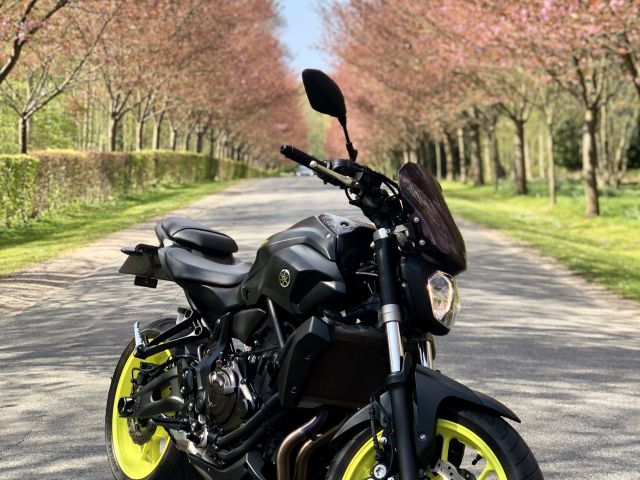
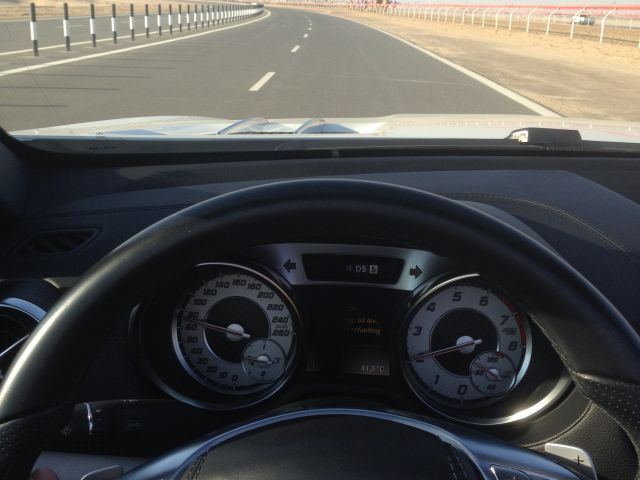






























































































































Comments